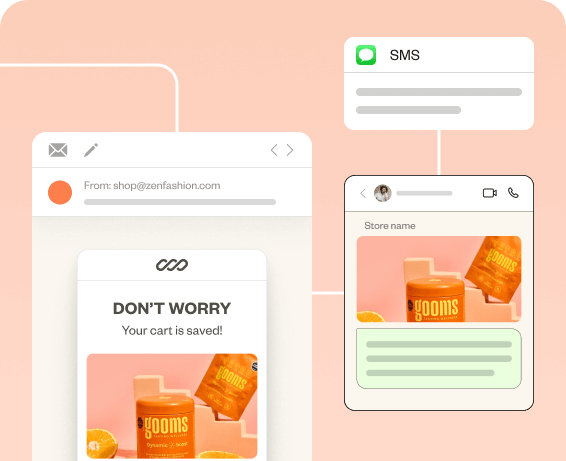As of 2024, there are around 3 billion online shoppers in the world and the count is going to get higher.
The biggest task for eCommerce marketers is to expose their store and churn in conversions through online ad campaigns
But with the competition looming around every corner it has become hard for marketers to strategize the best ad campaign to convert visitors into repeated customers.
That’s why we thought of talking about some of the challenges that eCommerce marketers face while initiating an online advertisement campaign.
Boost Customer Retention by guiding them using timely, automated, and personalized emails with Retainful.
What is an Ad Campaign?
Ad campaign is a strategy used by marketers, where a set of advertisements loaded with similar messages is taken across multiple platforms to achieve desired goals like brand exposure, brand awareness, increased engagement, etc.
Usually new eCommerce stores run these kinds of online ad campaigns on social media in an effort to promote their store. Sometimes, even prominent eCommerce stores run ad campaigns on Facebook, Instagram, Twitter when there is a special sale coming like Black Frida, Cyber Monday, New year’s eve sale and so on.
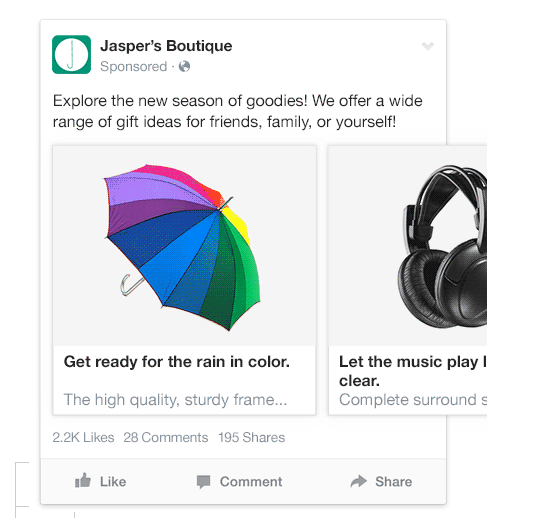
Online ad campaigns are not something new, they’ve been in use for a long time. But most marketers prefer Google ad campaigns to Social media ad campaigns as Google gives them direct results in conversions.
Eventhough ad campaigns have been in use for long, still many eCommerce stores don’t consider it as a best marketing tactic because of the higher expense that needs to be invested to run an ad campaign.
What are the types of Ad Campaigns run by eCommerce stores?
Online ad campaigns are limited to a single platform, all you need to do is create your ad resources and you can run it on multiple platforms. Here is the list of the most popular types of online advertisement campaigns run by marketers in an attempt to increase their traffic and sales.
Google Ad Campaign
You can run ad campaigns on Google using their paid advertising platform called Google Adwords. It allows eCommerce stores to place sponsored ads in Google search results. Most of these sponsored ads can be found on top of the list of a Search engine result page.
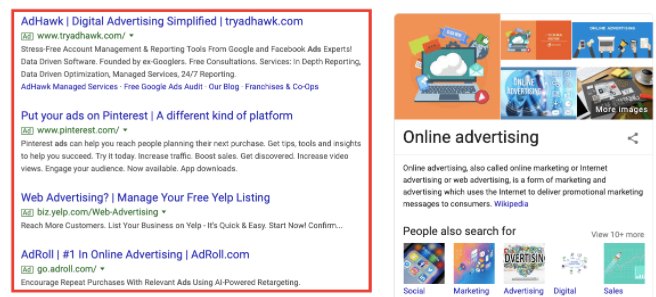
Facebook Ad Campaign
Facebook is one of the most popular social media platforms with 2.8 billion users. Facebook allows you to run ad campaigns so easily. Yes, it will cost you but you can send targetted online advertisements to your customers.
All you need to have is a Facebook business page and from there you can easily create an ad campaign and run it only to the customers you need.
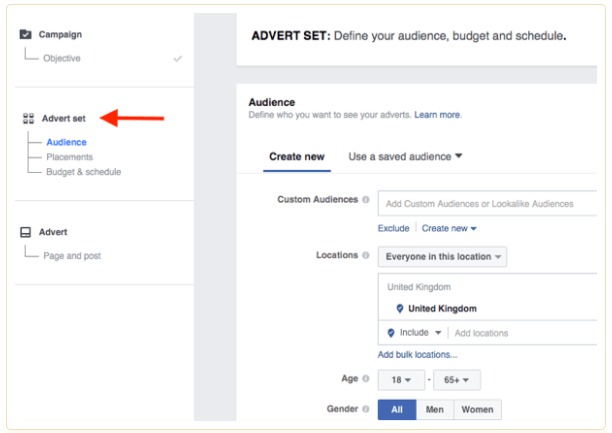
Unlike Google ads, in Facebook you can choose who can see your ads through personalized targeting and this is why many marketers prefer Facebook ad campaign due to its targeting options.
These are the two most popular type of ad campaign run by eCommerce businesses. Just like this, you can run also run,
- Instagram Ad Campaign
- Twitter Ad Campaign
- Reddit Ad Campaign
All of these online Ad campaigns needs investment and strategy to achieve success. So, make sure you do a proper research on these successful ad campaigns before you put your foot in. If you already have a presence in these mediums through businesses pages, then you work is half done, all you need is to choose the target audience.
Retain customers effortlessly. Make your customers feel valued and appreciated with Retainful.
What are the Ad Campaign obstacles faced by marketers?
As we said earlier, Ad Campaigns is not like walking in a park. You should know which audience to target and choose a proper ad campaign plan so that you don’t spend too much of your expense.
You need to have all the data related to a customer, his buyer persona and all the other data, only then will you be able to target the right customer with personalized content. Just like expense and customer data, there are a few more Ad campaign obstacles faced by eCommerce marketers.
So, here are the top Ad Campaign obstacles that marketers have to overcome to achieve a successful ad campaign.
Not having enough time to consolidate your data
Data is the most crucial thing you need if you want to initiate an ad campaign. Ecommerce stores use multiple tactics to collect customer data, but mostly they forget the one essential activity.
Consolidating customer data for eCommerce campaigns.
Yes, many eCommerce stores are worried about the piles of customer data they have. The worst part is most of them have no solid resources, manpower, or time to actually do something useful with the data.
After all those hours spent collecting all these customer’s data, it is just sitting idle with no proper use on online advertisement campaigns.
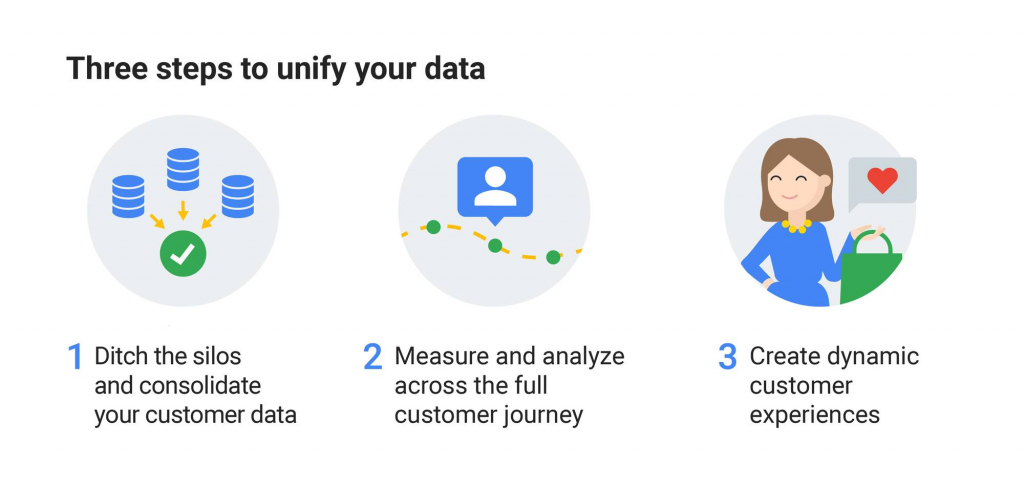
Bringing together all of the customer data to resonate with the marketers and trying to create a communication with the customers is not easy, doing it manually is not a great idea too.
But the modern customer approach has put an end to these obstacles, this approach is where you monitor the customers purchasing behavior.
E-commerce stores can collect important insights into online purchasing habits and interest from customers, including when as well as how they particularly like to buy.
Now instead of manually consolidating customer data, marketers can use this information to run a targeted eCommerce ad campaign for potential customers.
So, there it is now eCommerce stores have tools that can collect and store the behaviors of specific customers which can be later on used on marketing campaigns.
Obstacles while delivering personalized content
Personalizing a marketing campaign is still a major challenge for marketers. Even though you’ve acquired the necessary customer data putting it all together to get a perfect image is hard.
Customer information often comes from sources that are disconnected.
The only possible way for personalized online advertisement campaigns is when the data comes from a single source.
Another important obstacle that affects personalizing ad campaign is privacy concerns.
When GDPR came into effect, personalizing ad campaigns became harder for marketers because the customers didn’t like their data being used.
Marketers came under great scrutiny from GDPR to find out if they violated the restrictions and as of now it is illegal to store customer data without consent.
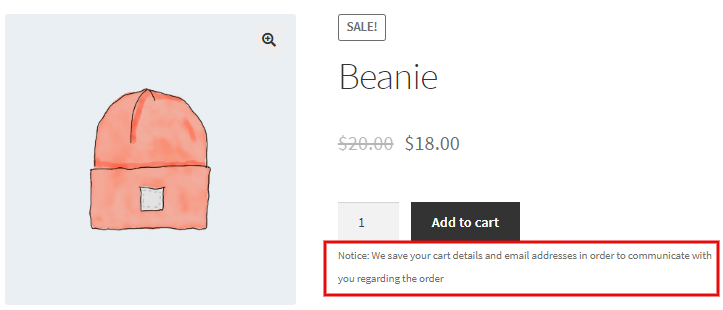
Ecommerce stores notify the customers that they’ll be storing data as per the GDPR compliance.
Why do eCommerce stores do that?
Because after GDPR it is clear that transparency is the key to personalizing and to run the best ad campaigns. Inform your customers that you’ll be storing their data and then use it to advance your marketing campaigns.
Personalizing best ad campaigns can succeed only if the marketers are prepared to invest their efforts.
Collecting customer data can be easy but doing it the right way, the transparent way is what matters the most. Because at last customers are the soul of eCommerce stores.
So, as long as you respect the concerns of customers and keep them as the center of your online advertising campaign you can achieve personalizing ad campaigns efficiently..
Trouble while creating marketing resources
If you want to expose your store to multiple audiences through eCommerce or Facebook ad campaigns then, you need marketing resources.
You might initiate an eCommerce ad campaign so easily but creating marketing resources is a whole different thing.
Marketing resources can help you build your value over time, unlike eCommerce ad campaigns they don’t get depleted over the long haul.
The biggest advantage the marketing resources possess is that it doesn’t wear away, it takes very little effort to maintain them. And as long as you maintain them, they’ll keep giving you results.
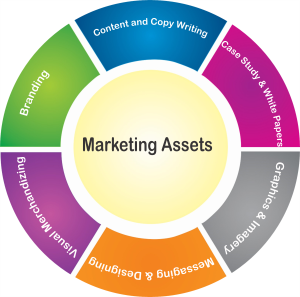
So, what’s the trouble here?
The problem here is the Marketing resources itself, you see marketers don’t have the time or tools to create pristine marketing resources that the business needs.
Even if they’ve created the resources it has to be constantly altered to meet the specifications of various platforms and multiple eCommerce ad campaigns.
And also don’t forget the audience, these resources need to be catered responsibly to meet the needs of audiences from different channels.
There is a lot of repetitive work involved which puts the marketers and visualizers under tremendous stress while creating marketing resources.

So, is there a way to overcome this obstacle.
Yes, there is, automated eCommerce ad campaign creation tools are in huge demand right now and you can see one in every corner.
Marketers can use these tools to create their ads and personalize them as per the audience effortlessly.
One such example is Canva, it is an automated design tool with hundreds of ad templates across various platforms. It has a pre-built ad template that is scaled to every platform.
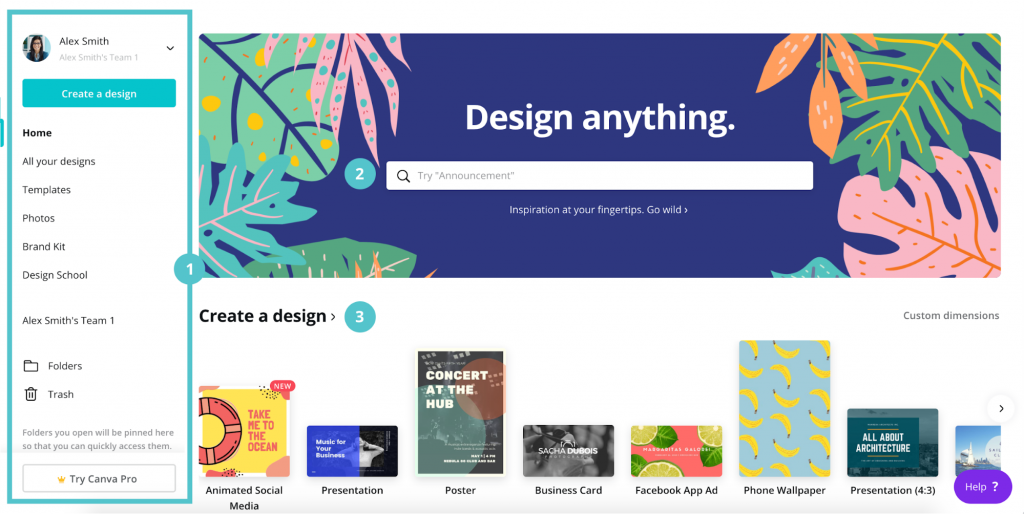
This reduces your effort and time while creating your marketing resources and makes you stand out from the crowd.
But one can always get the help of Referrals to increase their WOM marketing. The referral program is a great way to expose your stores to new customers.
The only difference here is the customers are your marketing resources.
Not having a compelling brand identity
Brand identity is a vital aspect that you must maintain throughout your ad campaign if you intend to achieve success. You should be consistent with your tone across all your marketing resources.
Your brand should maintain its aesthetic across multiple channels to create a compelling identity.
Why should I maintain a consistent identity?
Because reports say that customers always responded well to online ad campaigns that had a unified brand identity. And that’s why you must maintain it.
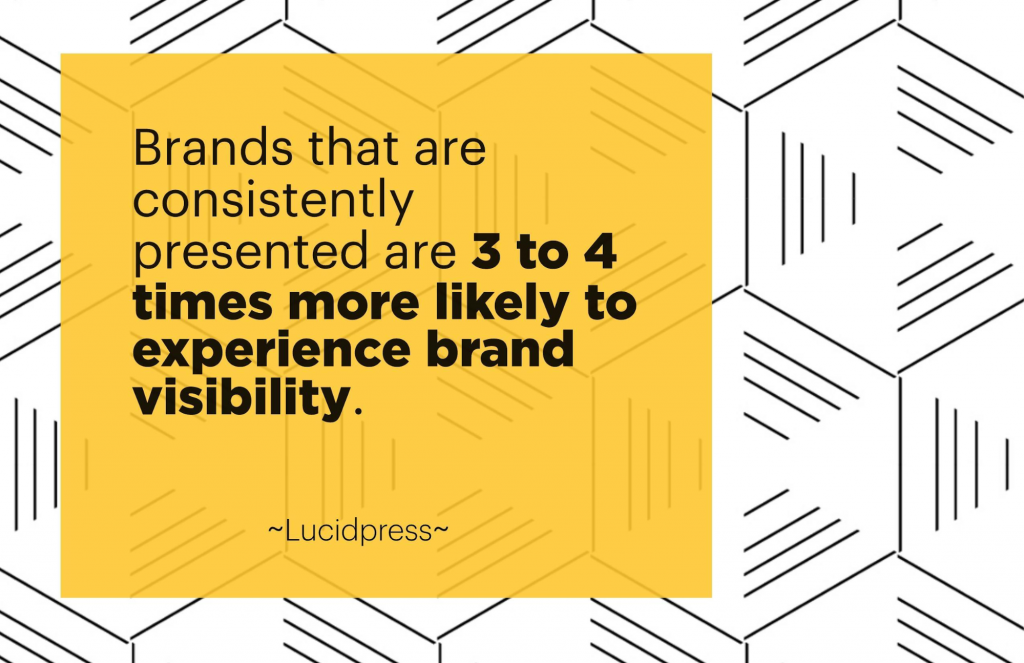
Now imagine marketing without having a proper brand identity, it would be disastrous. Because people tend to foster a valuable relationship with the brand that are transparent
And if you don’t focus on being transparent with your brand values then you might end up losing your potential customers and your online ad campaign will be a failure.
So, always make sure to have a compelling brand identity before setting out your ad marketing campaigns and increase your WOM marketing.
Think long-term, perceive where your company will be in 20 years and then you’ll get a uniformed message that’ll tell your brand’s story.
The best brand stories give people the feeling that they are part of a journey. So, you must stove to achieve that identity to create an everlasting impact on your customers.
Lack of time & effort to test the eCommece campaign
From consolidating the customer data, personalizing the best ad campaigns to specific customers and creating marketing resources marketers spend a great deal of time and effort on this.
Which leads to them not having enough time to test and iterate the marketing campaign itself.
Not testing your ad campaign can result in the failure of the campaign itself. You’ll not know how people would react to your assets if you don’t test it to start with.
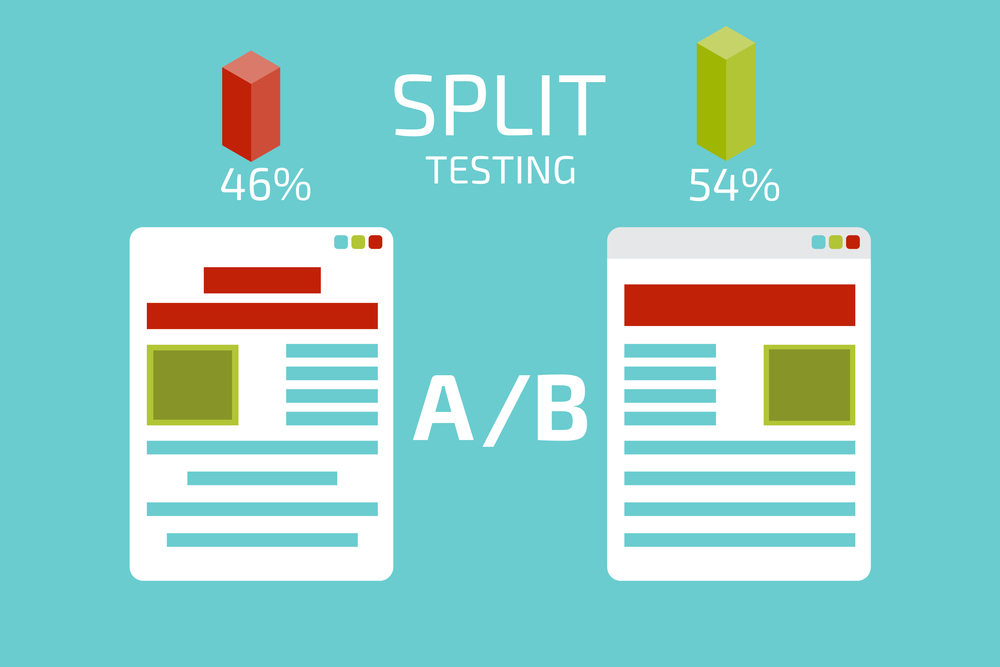
The best thing you can do for your business is to test your online ad campaign and A/B testing has all the answers for you. It has been used almost in various industries to test their marketing assets.
How can I successfully test the online advertisement campaign in limited time?
Simple, that’s what A/B tests are for, test your new ad campaign against your old campaign and see where the mistakes you made in your previous online advertisement campaign.
This will give you a clear indication of what to do and what not to do.
You can also develop two parts of the same online ad campaign with a slight difference and test it out to see which part gets the highest conversion rates.
Then you can follow up with the online ad campaign that gave you the highest conversion rates. This will not only save your time but will also help you devise a contingency plan for your campaign.
There are many automation tools that can help you test and iterate your online ad campaign and take your business sky-high.
Increase customer retention by sending highly customized emails that engage customers with Retainful.
Conclusion
There are many restrictions that have put a lot of marketers under great stress, the process of converting a visitor into customers and personalizing online ad campaigns has become harder than ever. That’s why we wanted to show the usual obstacles that marketers face and how you can overcome them and avoid bottleneck your campaign.
